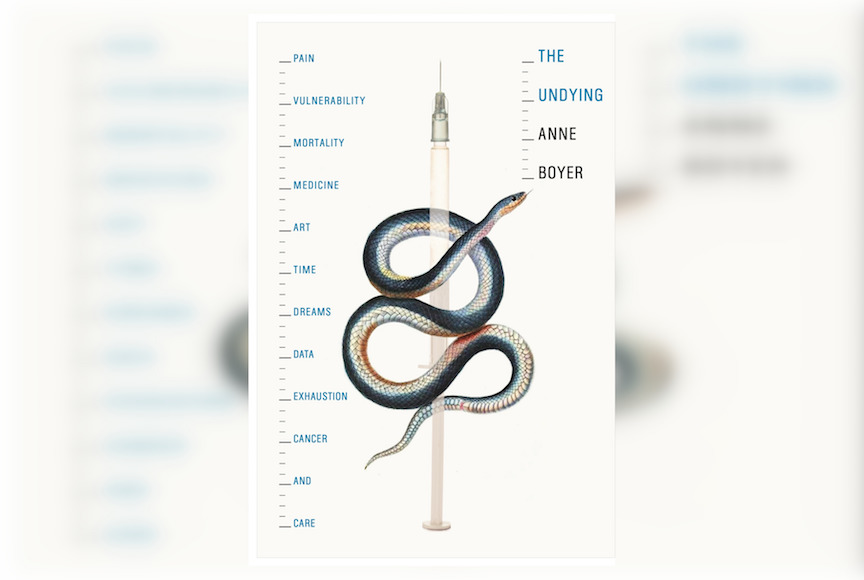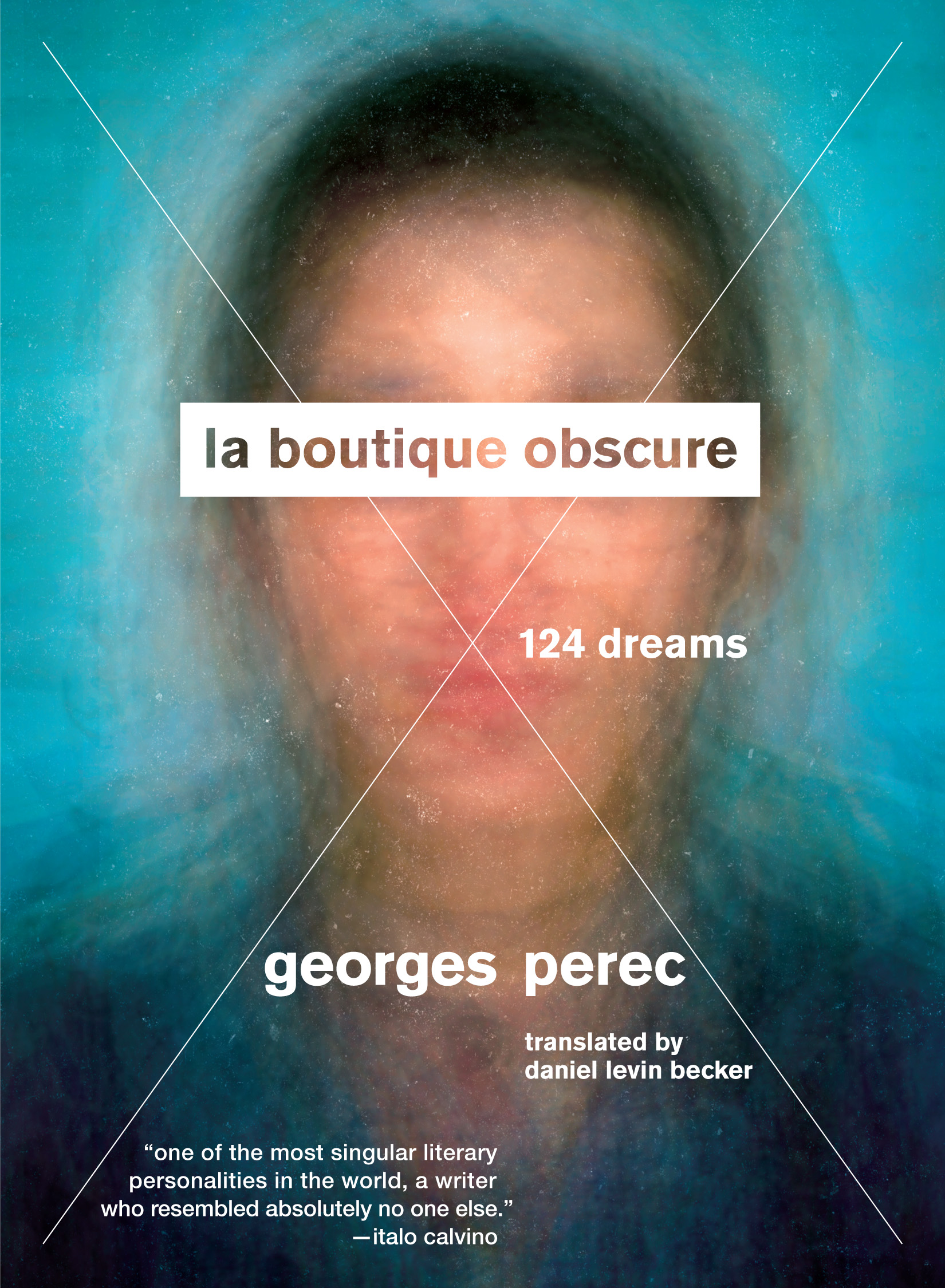In Friday Black, Nana Kwame Adjei-Brenyah presents us with a dystopia that, unfortunately, doesn’t seem too removed from our reality (schools push drugs on children to make them happy, people go to amusement parks to enact shootings, a white man gets acquitted of murdering five African American children on the basis of self-defense). It’s more like this dysfunctional scenario is a couple of decades into the future. Yet the stories are charming and caustic, memorable because they are full of sharp characters who are aware that their world is upside down. In the presence of the absurd, they question themselves and come up with the answer, ‘It’s not me, it’s you.’
This defiance is particularly strong in the opening story, “The Finkelstein 5.” Emmanuel, the main character, tries to morph his identity in order to avoid discrimination. He constantly dials back his Blackness: “In public it was impossible to get his Blackness to anything near a 1.5. If he wore a tie, wing-tipped shoes and kept his hands strapped and calm at his sides, he could get his Blackness as low as 4.0.” When a white man murders five African American children and walks free because he claimed he was threatened, Emmanuel’s outrage bursts forth with a vengeance, but it also awakens confusion and uncertainty. How should he navigate this society that has finally taken off its gloves? Is there any space left for dialogue and kindness, or has everything already been said?
As we go deeper into this chaotic future, we come across a more refined version of hate, more intellectually disguised, in “Zimmer Land.” Zimmer Land is an amusement park that offers its visitors, who are mostly white, the opportunity to role play situations where they consider themselves at risk. Under the guise of exploring issues of “problem-solving, judgement and justice,” those who go to the park just end up delivering faux bullets to people they classify as criminals based on the color of their skin. Isaiah, an African American whose job is to enact a bystander that refuses to reveal ‘what he is up to,’ is bent on convincing management to change the scenarios so visitors actually question their prejudice. The polite, even-toned bigotry of the executives is challenged by an equally composed Isaiah, yet society continues to ignore the calls for fairness.
Mankind propels towards the apocalypse accompanied by inmutable hatred and violence. “Through the Flash” depicts a small town that is trapped in a time loop after being exposed to a nuclear blast. Since the members of the community cannot die, they’ve coped with the phenomenon by despairing, killing each other, or simply laying in bed until their humanity is barely a ghost (think Groundhog Day meets Saw). Ama Knife Queen Adusei, one of the strongest and more ruthless residents, has terrorized and tormented the neighborhood for cycles. After being held captive and tortured by Calvin, the only other being sadistic enough to challenge her, Ama wakes as New Ama. Instead of stripping and eating bits of flesh from her enemies, she now tries to be different and bring tea to the aging woman next door. Even though kindness is irrelevant, if not detrimental, Ama wrestles with her past and rejects the freedom of power in exchange for recovering what is left of her soul. When the loop presents a glitch, an anomaly, the search for its meaning is underscored by the Knife Queen’s longing for companionship: “Even the apocalypse isn’t the end. And if you are with your family, or anyone at all, when it comes, you feel silly and scared, but at least not alone.”
Adjei-Brenyah lays out the many ways the enlightened interact with a broken world: they laugh, cry, shake their fists at it, or remain indifferent. But through Friday Black, the author not only validates the struggle of the discerning but reminds them they are not alone in being right.
Image courtesy of Mariner Books




